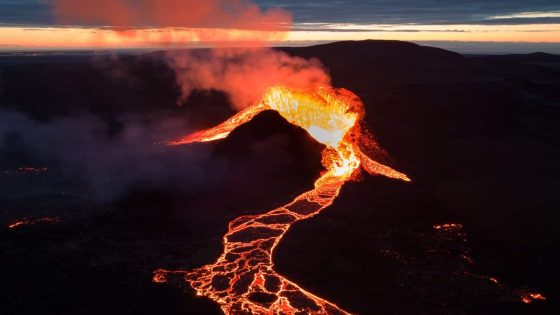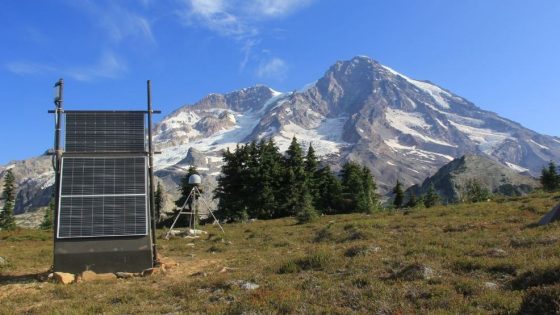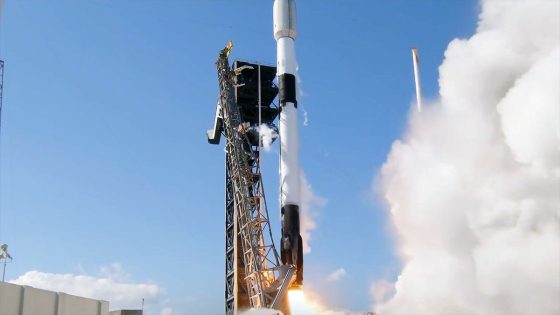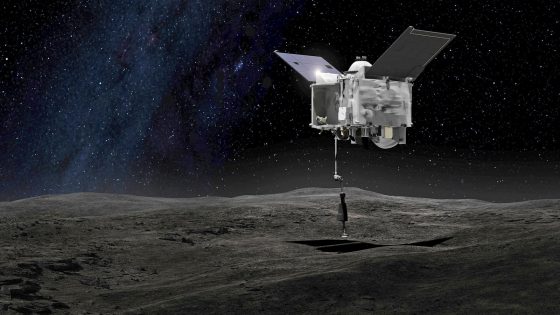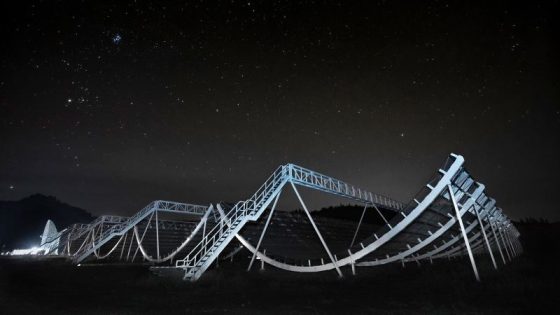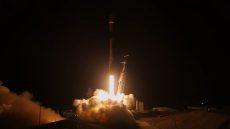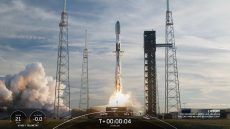In 1831, a volcanic eruption in the Kuril Islands dramatically cooled the Earth and turned the Sun green. This mysterious event, linked to the Zavaritzki volcano, has only recently been connected to significant climate changes. What can we learn from this forgotten eruption?
- Zavaritzki's 1831 eruption cooled the planet.
- Sulfur aerosols caused greenish sunlight effects.
- Ice core samples linked eruption to climate shifts.
- Low potassium ash indicated Zavaritzki's eruption.
- Hidden volcanoes pose future climate risks.
- Improved monitoring needed for remote volcanoes.
The Impact of the 1831 Zavaritzki Eruption on Global Climate
How can a single eruption change the world? The Zavaritzki volcano’s eruption in 1831 sent sulfur ash into the atmosphere, leading to sudden temperature drops and eerie changes in the sky. Scientists have confirmed its significant role in altering weather patterns worldwide.
Understanding the Climate Effects of Volcanic Eruptions
The Zavaritzki eruption exemplifies how volcanic activity can influence climate. Here are key points to consider:
- It released sulfur aerosols that scattered sunlight, causing a greenish hue in the sky.
- Historical records noted unusual weather events, including early frosts and failed harvests.
- Similar to the 1815 eruption of Mount Tambora, it showcased the potential for volcanic activity to disrupt global climates.
- Research highlights the need for monitoring remote volcanoes to predict future eruptions.
The Hidden Dangers of Remote Volcanoes
Remote volcanoes like Zavaritzki can pose significant threats to climate stability. Their eruptions can inject sulfur into the atmosphere, lingering for months and affecting temperatures worldwide. For instance, the 1991 eruption of Mount Pinatubo led to a notable drop in global temperatures.
Why Monitoring Volcanoes is Crucial for Climate Safety
Despite advancements in technology, many volcanoes remain unmonitored. A sudden eruption from an overlooked volcano could lead to severe consequences, including agricultural failures and economic disruptions. Enhancing monitoring systems in remote areas is vital for predicting eruptions and safeguarding our planet.
Understanding the historical impact of volcanoes like Zavaritzki helps US prepare for future climate challenges. As we learn from the past, we can better protect our environment and economies from unexpected volcanic events.



